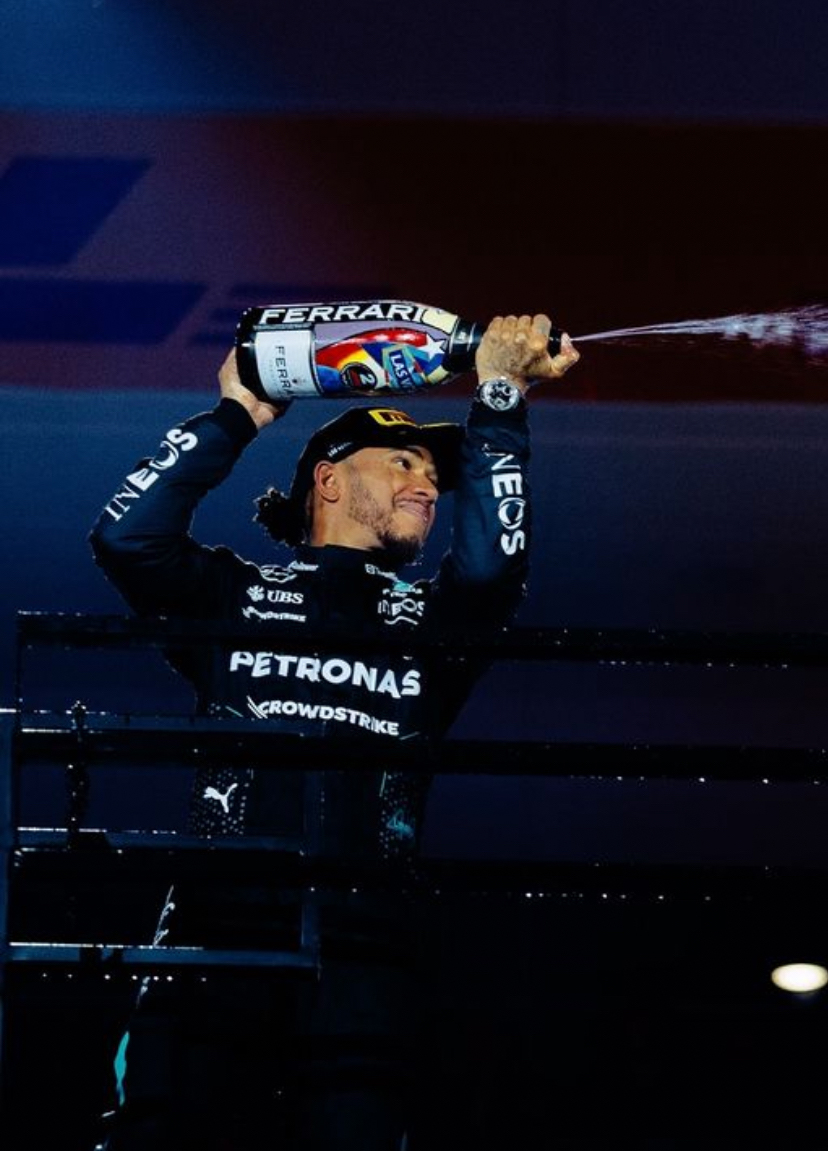Track Evolution: The Hidden Factor Shaping F1 Qualifying Times

Formula 1 World Champions: A legacy of racing legends
How does track evolution affect qualifying times?
Discover how track evolution influences qualifying times in Formula 1. Learn how teams and drivers strategize to maximize grip and minimize risks in their pursuit of pole position.
Formula 1 qualifying is a test of precision, speed, and strategy. While driver skill and car performance dominate the spotlight, track evolution—a gradual improvement in grip levels—plays a crucial yet understated role in determining lap times and grid positions.
What is Track Evolution?
Track evolution refers to the progressive improvement of a racing surface during a session. As cars complete laps, tire rubber is deposited on the track, creating a more grippable racing line. Simultaneously, debris and dust are cleared, enhancing surface quality.
These changes lead to faster lap times as the session progresses, particularly on circuits with limited prior running, like street tracks such as Monaco and Singapore.
How Does Track Evolution Impact Qualifying?
1. Faster Lap Times Over Time
Track evolution results in a steady reduction in lap times. Drivers who set their flying laps later in the session gain an advantage from improved conditions. On high-degradation circuits like Bahrain, the difference between early and late runs can range from 0.5 to 1 second—a significant margin in Formula 1.
2. Timing the Perfect Run
Teams carefully strategize to send their drivers out when the track is at its fastest, often in the final minutes of each qualifying segment (Q1, Q2, Q3). However, this approach requires precision, as the closing moments can become congested with traffic as multiple teams aim to capitalize on peak conditions.
3. Strategic Risk and Reward
Delaying a run to benefit from maximum track evolution comes with risks. Red flags, yellow flags, or sudden weather changes can disrupt plans, potentially leaving drivers without a completed lap. A notable example is the 2022 Monaco Grand Prix qualifying, where a red flag froze the session, solidifying Charles Leclerc’s pole position as others lost their opportunity to improve.
Factors That Influence Track Evolution
1. Weather Conditions
Weather significantly affects track evolution. Warm, dry conditions accelerate rubber deposition and grip improvement, while rain can wash away rubber, resetting the track surface and reducing grip.
2. Track Layout and Surface
The degree of track evolution depends on the circuit. Street tracks like Monaco experience significant evolution due to their dusty, rarely used surfaces. In contrast, high-speed circuits like Monza exhibit minimal evolution due to lower mechanical grip demands.
3. Session Characteristics
- Race Weekend Schedule: Tracks with multiple support races, such as Formula 2 or Porsche Supercup, benefit from additional rubbering-in, accelerating evolution.
- Session Duration: Longer qualifying sessions allow for more laps, leading to greater track evolution.
Track Evolution: A Double-Edged Sword
Advantages
Drivers who time their runs perfectly can gain a significant edge, often translating to better grid positions. For teams, understanding and predicting track evolution offers a competitive advantage that can define their qualifying strategy.
Challenges
- Traffic: The rush to capitalize on peak conditions often leads to traffic, which can hinder drivers’ lap times.
- Pressure: Waiting until the final moments increases pressure on drivers, making even minor errors potentially costly.
Memorable Moments Shaped by Track Evolution
Track evolution has played a critical role in some of Formula 1’s most dramatic qualifying sessions:
- Brazil 2016: A wet-to-dry session saw dramatic improvements as the track dried. Drivers who switched to slick tires at the right moment, like Nico Rosberg, gained a significant advantage.
- Baku 2021: The evolving street circuit created intense competition, with lap times tumbling in the final seconds of the session.
Conclusion
Track evolution is an invisible yet undeniable force shaping Formula 1 qualifying. Teams and drivers must master the art of predicting and exploiting this phenomenon, balancing the benefits of improved grip with the risks of traffic or session interruptions. Ultimately, success in qualifying hinges as much on strategic timing as it does on raw speed and driver skill, ensuring every session is a thrilling battle against time and ever-changing conditions.
Up Next


